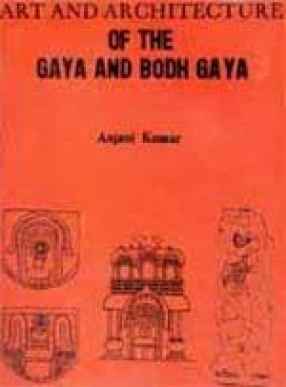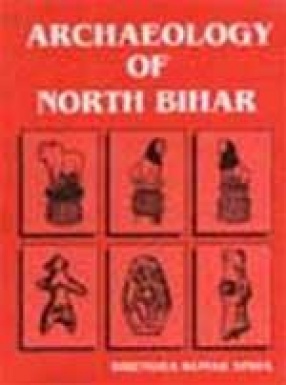
Showing all 7 books



The book, "Art and Architecture of the Gaya and Bodh Gaya", presents a systematic, analytical and detailed study of archaeological sites and artistic as well as architectural material remains from the Old Gaya District in Bihar. Based primarily on archaeological evidence it focuses attention mainly on religious structures, stone sculptures, bronze statuettes and terracotta figurines. The development of art and architecture has been viewed I the ...

This book gives the detailed account regarding the origin and development of educational ideas and institutions in ancient India with special references to Mithila, a region which enjoys a status of centrality in the cultural history of early India. Mithila due to its rich intellectual heritage, attracted scholars from different country and also produced celebrated scholars of international repute. Their contributions in their respective branch of knowledge are ...

This commemoration volume has been devoted to Dr. Bhagwant Sahai, who had made a very significant contribution to Indian art and has published several books. The collection of fifty-four articles on various aspects of art by renowned historians, art critique archaeologist and aminent professor in the field discuss various aspects of art.

An indepth study tracing the origin and evolution of dramatic art and its various facets of the theatre, stagecraft, dramaturgy, etc.

The palaeographic study of the script used in North India during the period of imperial Guptas is the subject matter of the present work. This script was derived from the Brahmi script used in the majority of the edicts of Asoka and developed during the later seven centuries. Three sections are identified for the study. Inscriptions on stone, terracottas and copper-plates from the major section. Coin legends have been treated separately. Similarly the numerals ...

Bengal evolved her own plastic diction by the end of the eighth century. Since then the production of sculptures went on increasing, both in the stone and metal. The amazing sculptural output of the period, 800-1200, is generally placed under the rubric of 'Pala-Sena' School'. Apart from stone and metal, clay and wood were also used by our artists in the distant past and in addition to numerous terracottas a few wood carvings, all from Dhaka and its environs, in ...

The present work makes a detailed and systematic study of the archaeological material of North Bihar obtained by way of archaeological excavations and explorations. It aims at bringing into focus the archaeological remains and monuments of North Bihar such as prehistory, inscriptions, coins, seals, pottery, art and architecture. The archaeological excavations at Chirand and Chechar in the districts of Saran and Vaishali respectively brought into light the ...
